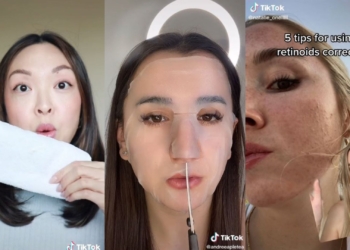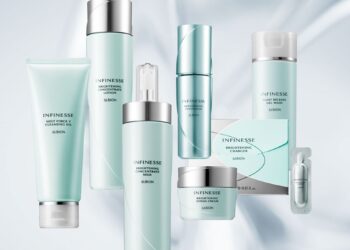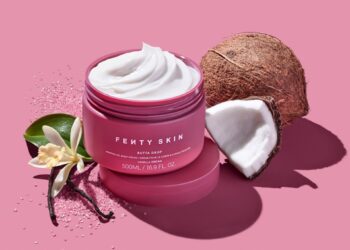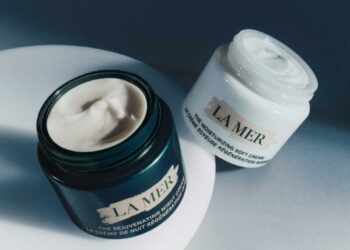Exfoliating is a must! When it comes to your skincare routine, exfoliating is a crucial part of the process. Exfoliating is a procedure that involves removing dead skin cells with granular powders, chemical peels, or various devices. Exfoliation helps to avoid dryness, flaky patches and clogged pores, all of which can lead to zits.
But exfoliating isn’t just scrubbing your face with products. It’s crucial to learn how to exfoliate skin properly before you begin the process to avoid skin damage. We all have different skin types, and skin conditions, which is why exfoliation should differ from one person to the next.
Below is a list of skin types and the corresponding recommended exfoliating methods that will give your skin a fresh look.
1. Oily Skin
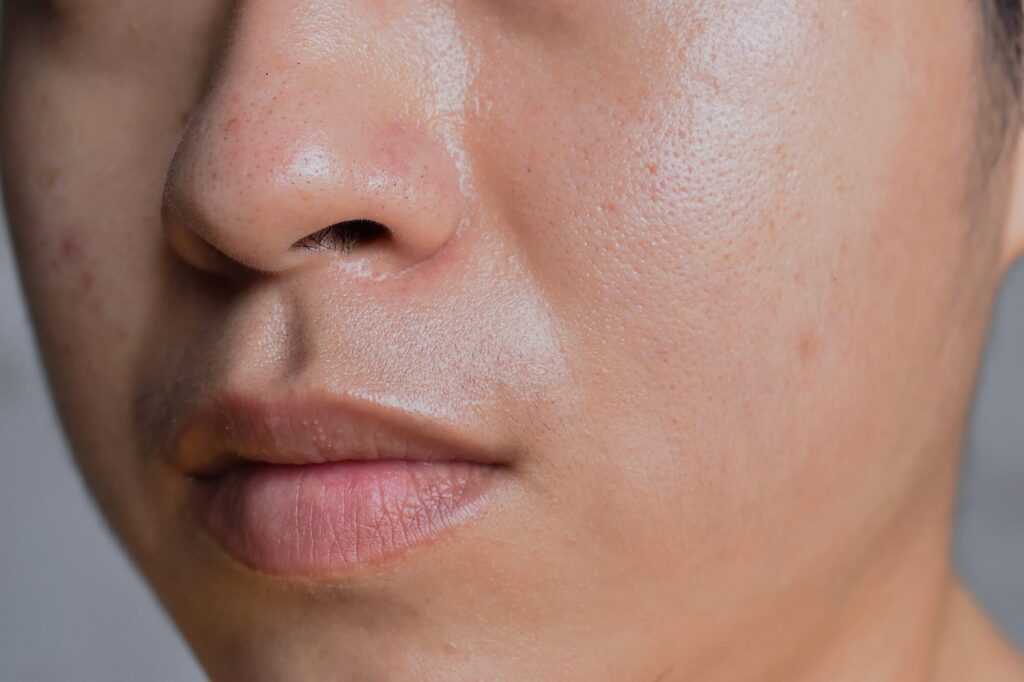
If you have oily skin, you may need to take extra precautions beyond the standard cleaning, toning, and moisturizing routine. Scrubbing removes dead cells from the skin while also unclogging pores and allowing the skin to breathe. If you have oily skin, you should exfoliate and scrub your face at least twice a week to avoid oil build-up that can clog your pores.
To exfoliate oily skin, first scrub your face with your usual scrub, being sure to cover the entire face and neck area. Then, start massaging the scrub in circular motions with your fingers to activate the cells on your face. You could also use an exfoliating brush for this stage. After a few minutes of massaging, wet a washcloth and remove the scrub from your face in circular strokes. Rinse your face and continue with your skincare routine.
2. Dry Skin
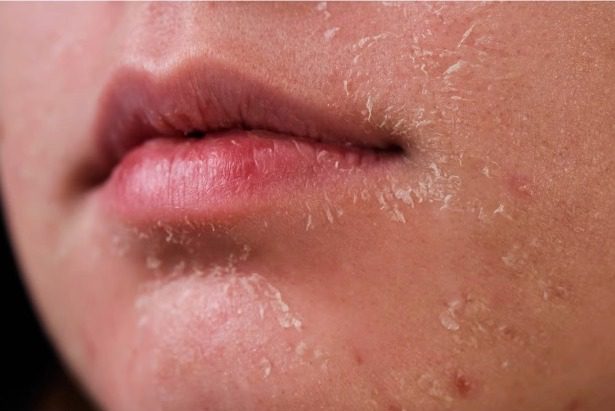
For dry skin, it’s best to use chemical exfoliant. Dry skin responds well to AHAs, including glycolic acid. For optimal results, apply it after cleaning your skin. You don’t have to wait for it to dry before moving on to the next step in your skincare regimen. Always wear an SPF after using chemical exfoliants, and only use chemical exfoliants once a week for best results.
For chemical exfoliants, you can check out Paula’s Choice Skincare, Sephora and Threebs.
3. Sensitive Skin
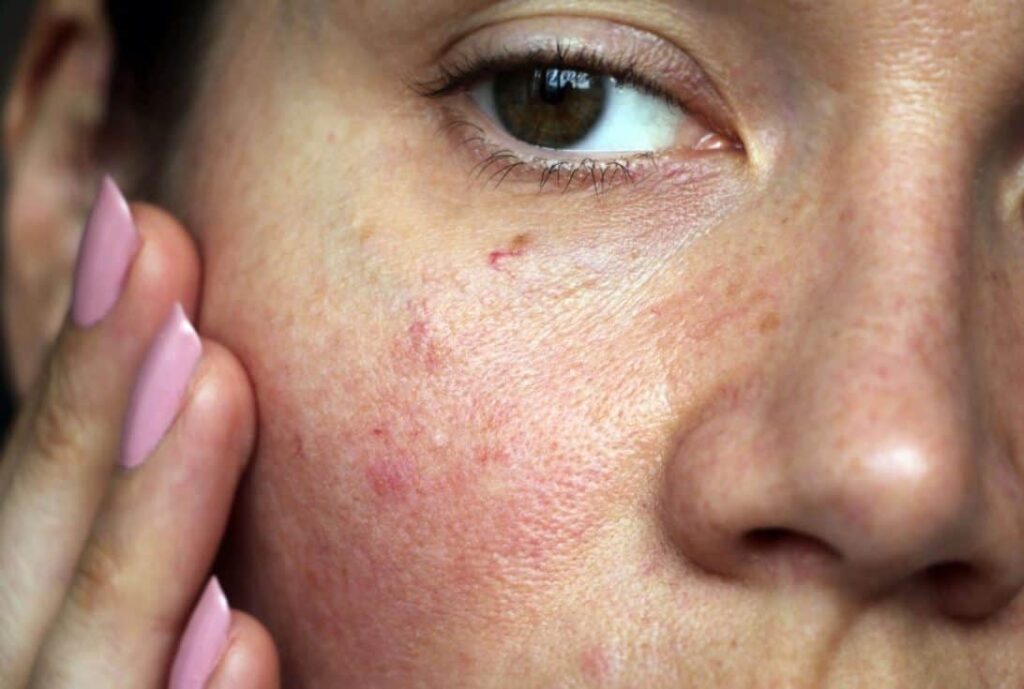
Sensitive skin needs more than extra care (it’s already called sensitive, duh!) Even so, exfoliating is still required. Since sensitive skin might turn reddish, dry or have some irritation, it’s best to go with products that contains lactic acid. Lactic acid will gently exfoliate your skin while simultaneously providing much-needed moisture. You definitely want to avoid those brushes and scrub kinda of exfoliants. For a start, you can opt for mild or smooth exfoliants; and you don’t have to exfoliate frequently. You may use chemical exfoliant – but only after consulting your dermatologist.
4. Acne Prone Skin
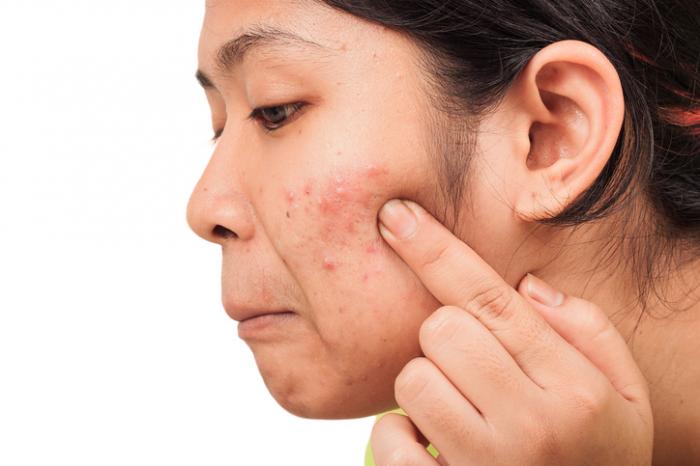
You already have bumps on your face and still want to exfoliate? Technically, exfoliating acne prone skin isn’t ideal – but you can still do it. When most people think about exfoliation, they immediately think of facial scrubs, konjac sponges, and cleansing cloths. If you have acne-prone skin, forgot that stuff. When it comes to exfoliating acne-prone skin, you want an agent that can penetrate deep into the pores. While all chemical exfoliants can reach the deeper layers of skin, only salicylic acid is specifically intended to reach your pores. Oil is the most soluble form of salicylic acid. This component may readily penetrate the pores of your skin, which are coated in natural oil.
Exfoliate your skin only as needed, 2-3 times a week, and then solely for maintenance.
5. Normal/Combination Skin

Sometimes, normal skin can be oily and dry in some areas. You skin has the tendency to change according to the weather, or even your diet. Even if you can use both chemical and natural exfoliants for your skin, it’s best to not go overboard and aggressive. As for combo skin, if your t-zone, which includes your forehead, nose, and chin, is oilier than the rest of your face, you can use both scrubs and chemical exfoliants on the same day. Also, apply a moisturizer afterward to prevent your skin from drying out in non-oily areas.
Exfoliating your face and your body is different. That’s because the skin on our face is more sensitive that the skin on our body. Hence, avoid using the same product to exfoliate both face and skin. If you’re using facial scrub, don’t be so hard on your skin. Aggressive exfoliating will damage the skin more. As for chemicals, use them sparingly and it’s best to consult a dermatologist if you aren’t sure about them. You don’t have to exfoliate every day. Exfoliating about two to three times per week will suffice.
More on exfoliating? Read this:
Does Goat’s Milk Soap Really Help Exfoliate Old Damaged Tissue From The Skin?



